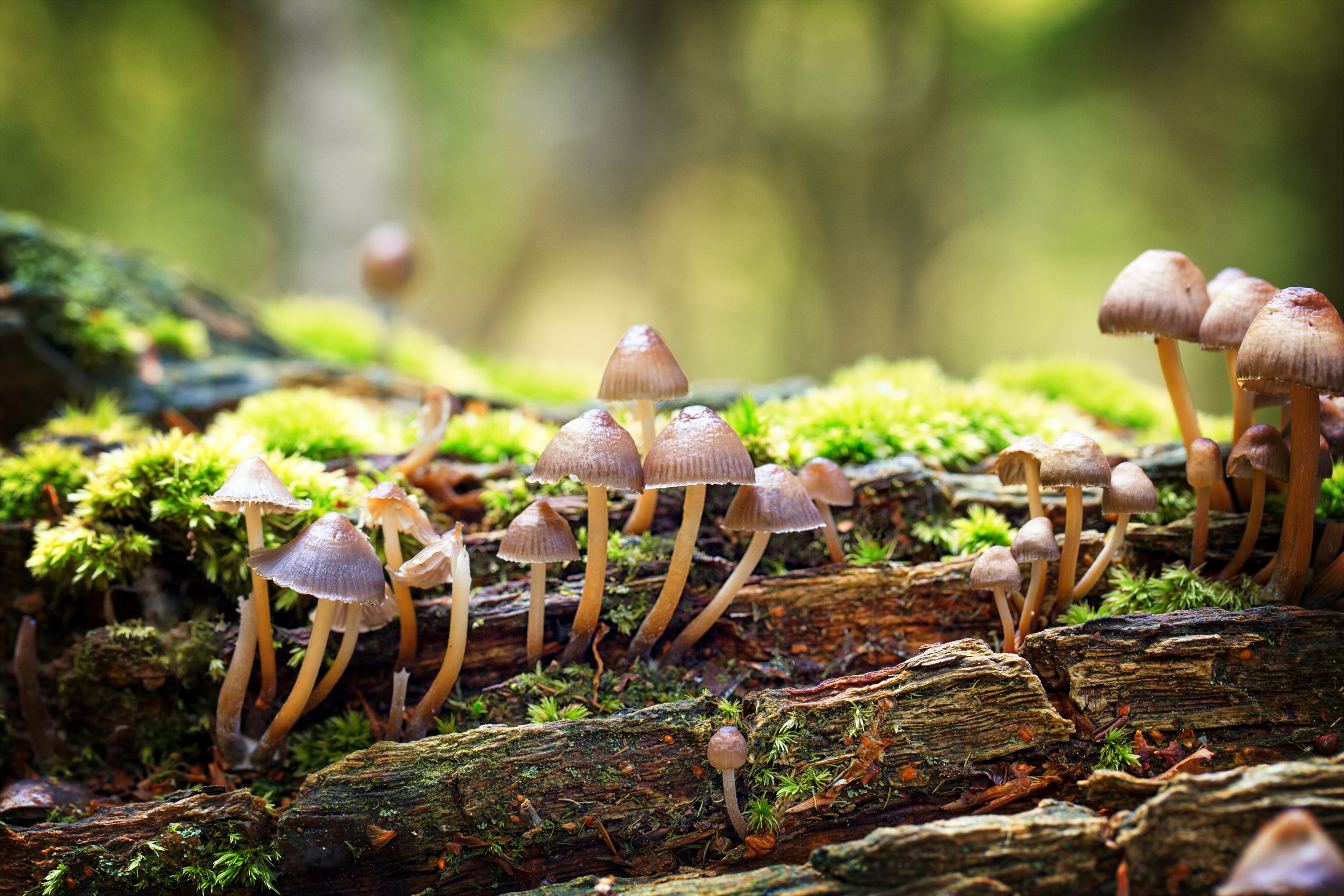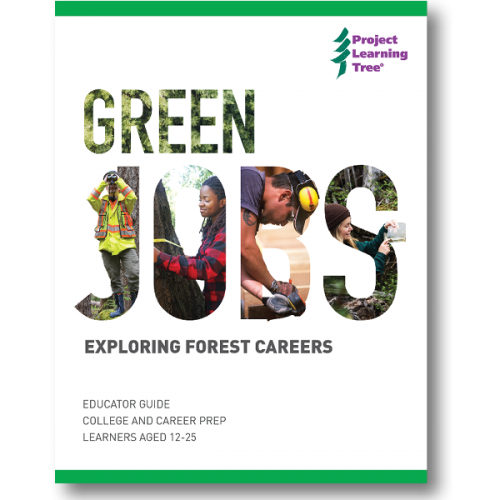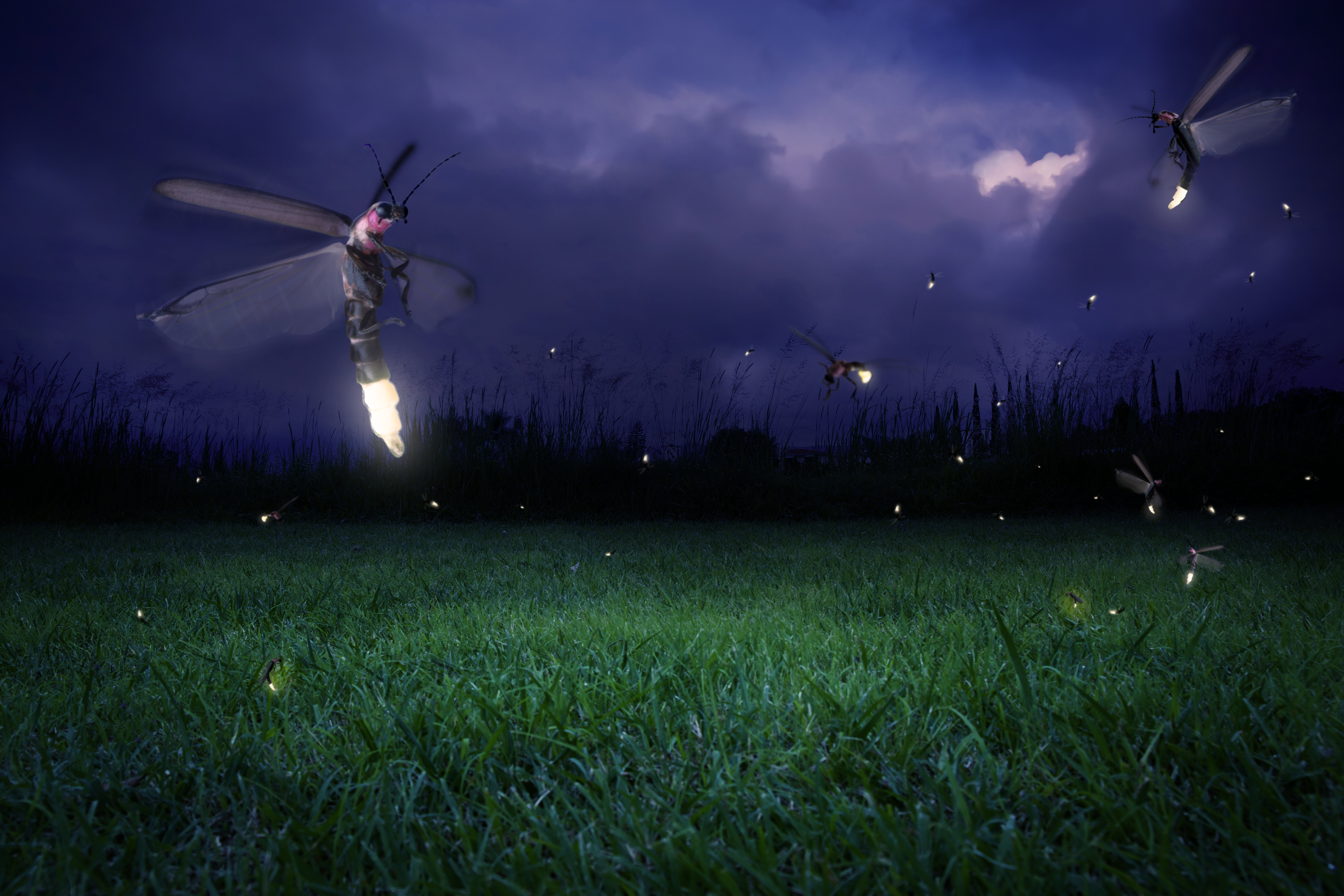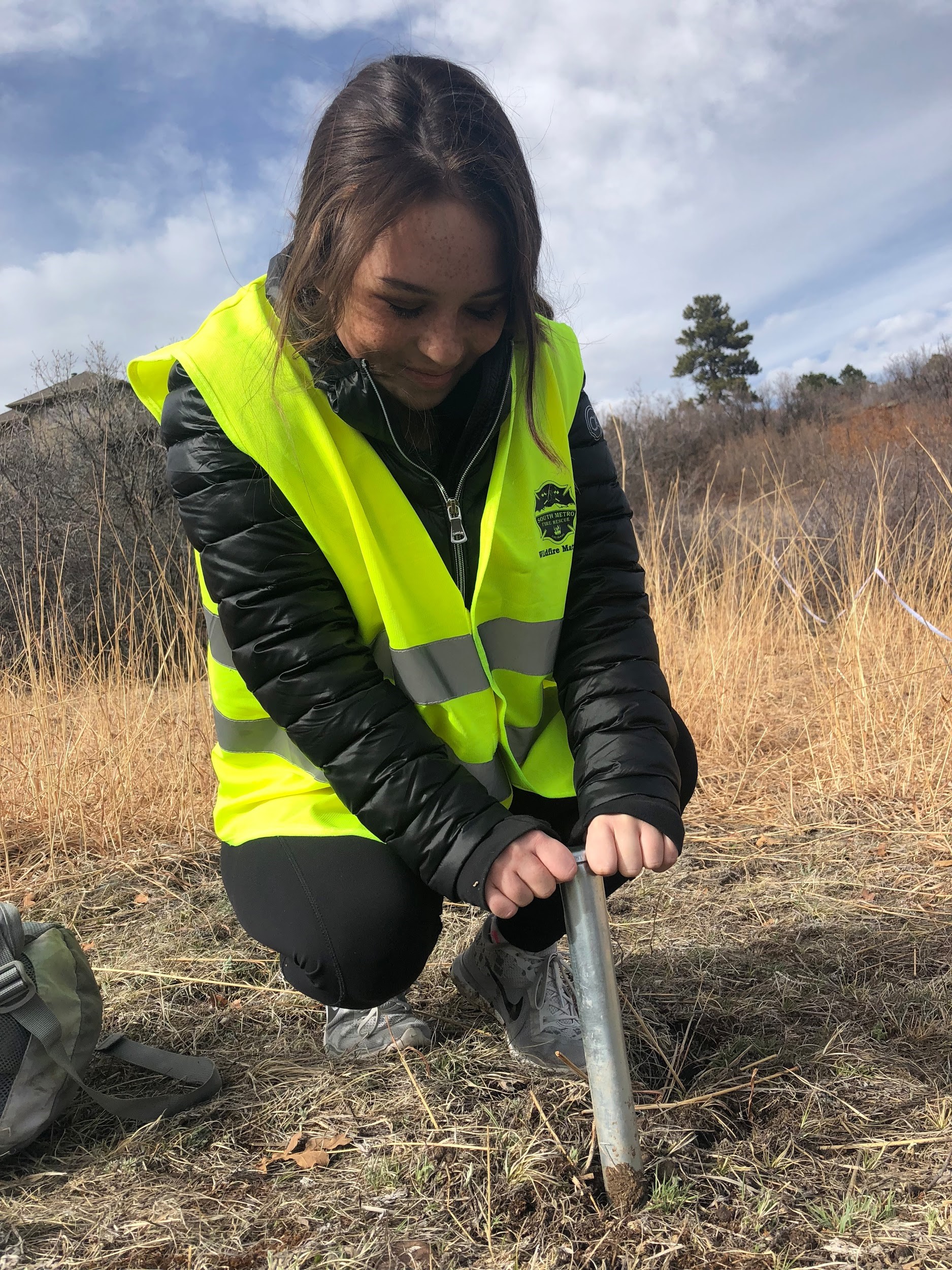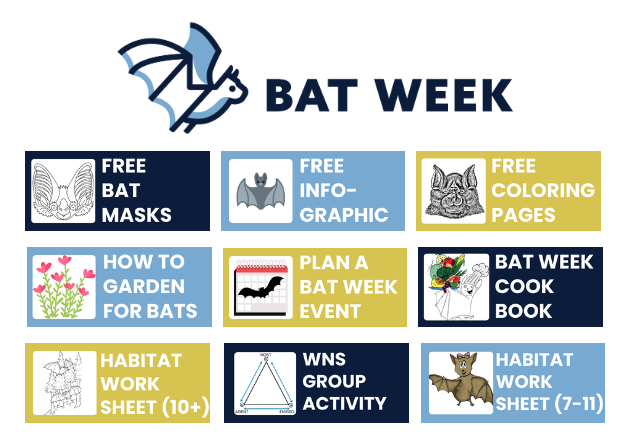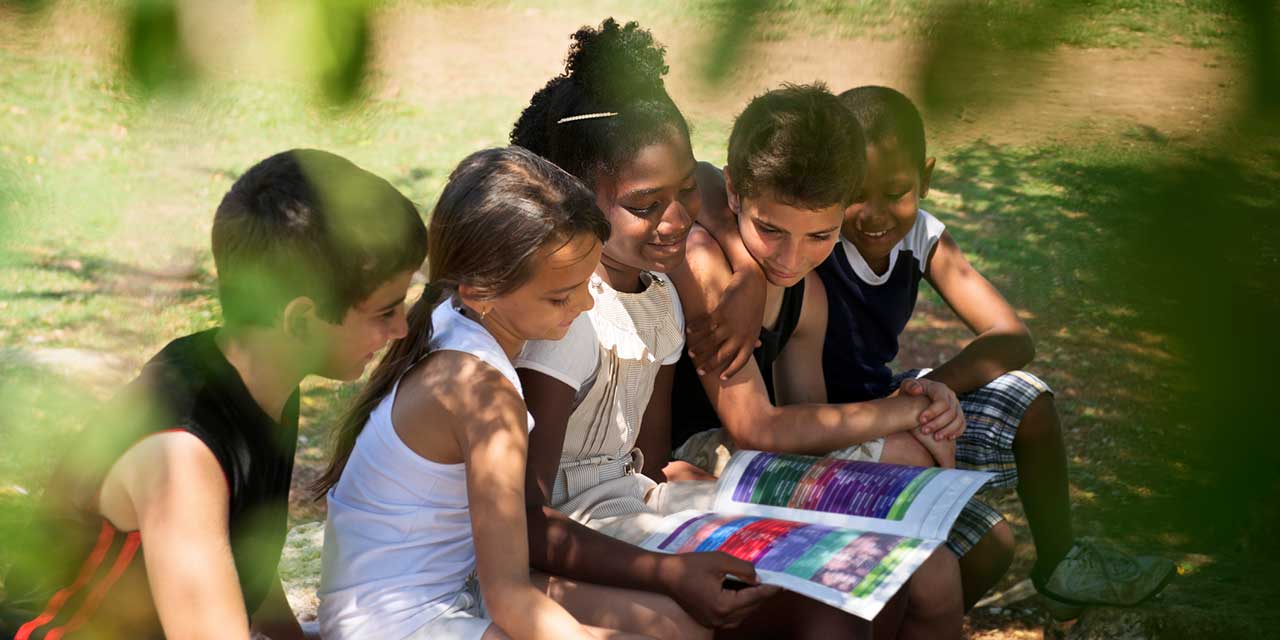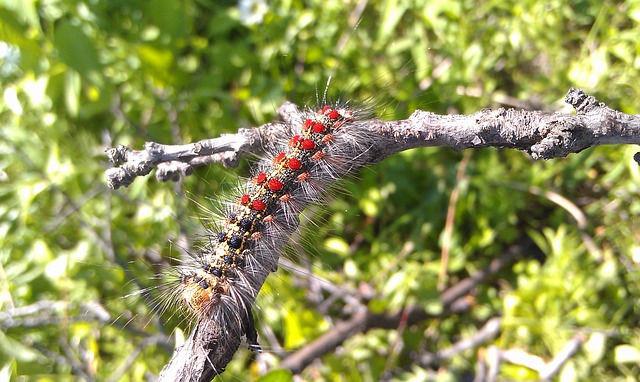As a 7th grade Environmental Science teacher, I often turn to PLT for ideas and inspiration. So when my state adopted new environmental science content and guidelines earlier this year, I took a deep breath and opened my trustworthy PreK-8 Guide for inspiration. It’s helped me through previous curriculum and standards changes in years past, and not surprisingly, I found more than 15 engaging activities to strongly correlate with the new state guidelines.
Decomposers live off dead material and recycle nutrients into the soil for reuse by plants. These STEM activities teach students about producers, consumers, and decomposers.
Suitable for use with youth aged 12-25, four hands-on instructional activities help youth research different forest-sector jobs, and practice managing and monitoring forest resources. Can be used in settings ranging from community youth programs and school classrooms, to college and career prep, to field trips and forest tours to help youth discover careers in sustainable forestry and conservation.
Some animals, insects, and organisms have evolved to produce light for various reasons. Capture your students’ curiosity and love of learning by using bioluminescence as a springboard into the world of luminescence. There are many ways of adapting glow-in-the-dark lessons to a variety of subjects and grade levels.
A group of high school students in Colorado are analyzing the environmental impacts of goat browsing as a form of wildfire mitigation.
By Jennifer Byerly
Bat Week is Oct. 24-Oct. 31! Use this national event (timed with Halloween) to teach kids about the important role bats play as insect eaters, pollinators, and seed spreaders. To celebrate, we’ve gathered some free downloadable activities, arts and crafts, writing prompts, and other projects for all ages to learn about bat conservation.
Supplement your curriculum across subject areas with these 8 easy activities with a sustainability theme for middle school students.
Project Learning Tree schools share lessons teachers learned after starting a class garden.
A new recognition program of the Arbor Day Foundation provides a simple framework and resources for using trees as a learning tool for students.
An invasive species is any kind of organism that is not native to an ecosystem and causes harm to the environment, economy and possibly even human health. Lymantria dispar, Asian longhorned beetles, emerald ash borers, and woolly adelgids are among the growing list of invasive insects that threaten U.S. forests and urban landscapes.



